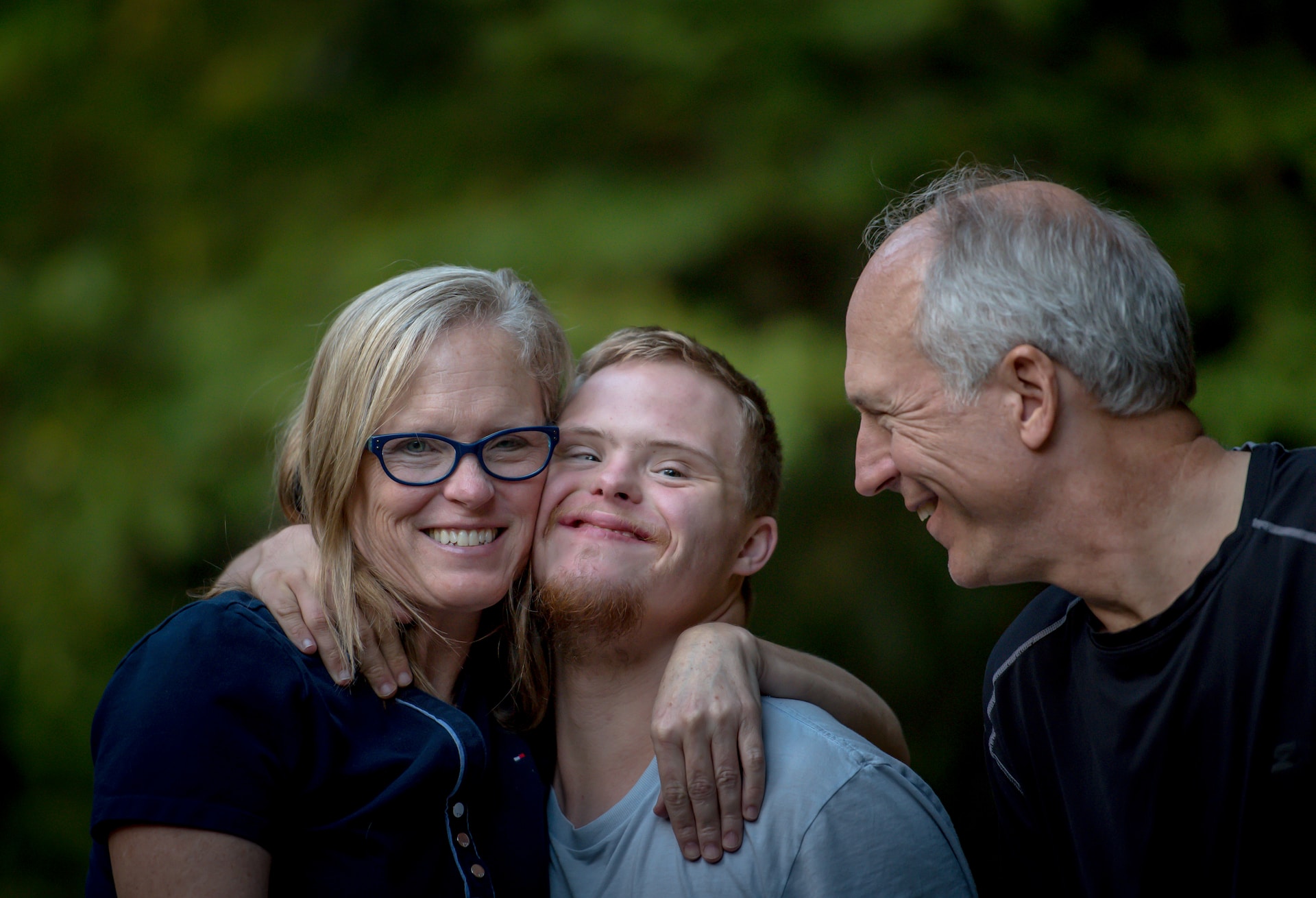
The family class sponsorship program of Canada is a win-win situation for the PRs and their families to live together in Canada. Under this program, children of Canadian citizens and permanent residents would be able to immigrate to Canada and be given permanent residency status.
Biological or adopted dependent children may be sponsored to move to Canada with their parents.
To sponsor your child’s immigration to Canada, you must:
- Be at least 18 years old
- Be a citizen of Canada, a permanent resident of Canada who resides there and plans to return, or a person who is registered under the Indian Act of Canada.
- Being able to meet the dependent child’s fundamental needs
- Be able to demonstrate your connection to your youngster.
- Do not default on a prior sponsorship undertaking or be the subject of an immigration inquiry. Not have a criminal record, be incarcerated, be charged with a significant crime, or be bankrupt.
- Not be receiving financial support, unless due to a disability
The child must be regarded as a dependent to be eligible for sponsorship, which means they must be:
- The child of a permanent resident or Canadian citizen, whether biological or adopted
are not wed or living together as common-law partners
- Are younger than 22
If a child is over 22 and meets the following criteria, they may be considered a dependent:
- They are incapable of supporting themselves because of a mental or physical disability.
- Before they turned 22, they were financially dependent on their parents.
During processing, until becoming a permanent residents, dependent children must stay unmarried and not in a common-law partnership. Additionally, a dependent kid is regarded to fit the description if they are divorced, widowed, had their marriage annulled, or were no longer in a common-law partnership at the time the application was first received.
Parenting and child relationships
A parent’s biological kid or an adopted child can be their dependent child. “Biological” kids include the following kids:
- Who were the children of the applicant’s parents
- Who was born to a parent who was that parent’s husband, common-law partner, or conjugal partner at the time of the child’s birth but who is not a genetic relative of the parent filing the application
- Who was born as a result of using assisted reproductive technology
One way to demonstrate a biological connection is through a birth certificate or baptismal record.
In the case of assisted reproductive technologies, documents that can be used to prove a parent-child relationship include birth certificates as well as legal proof that the person asserting to be the parent is the child’s biological mother or her spouse or common-law partner at the time of the birth. Additionally, parents must provide proof that they employed assisted reproductive technologies.
The child may be a “biological child” if there is also a genetic parent-child relationship, even if the child was born through a surrogacy agreement in a foreign country and is officially the child of the sponsor or their spouse or partner there.












































































































































































